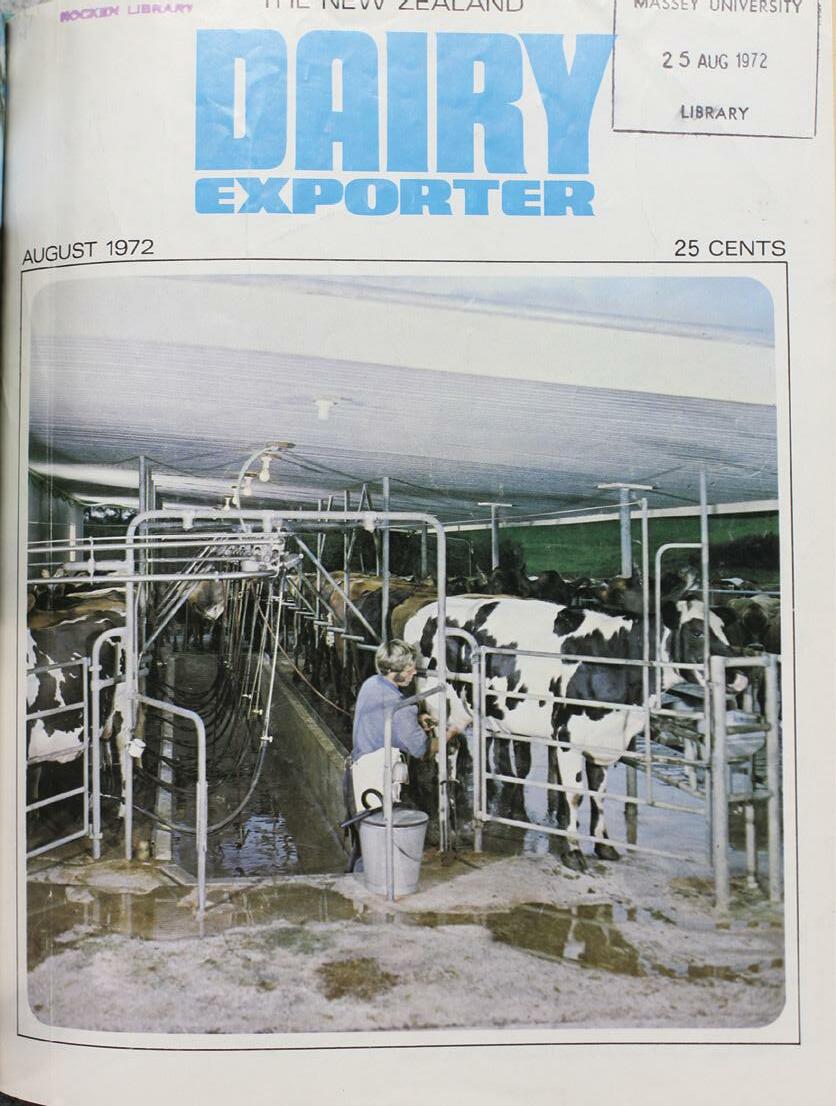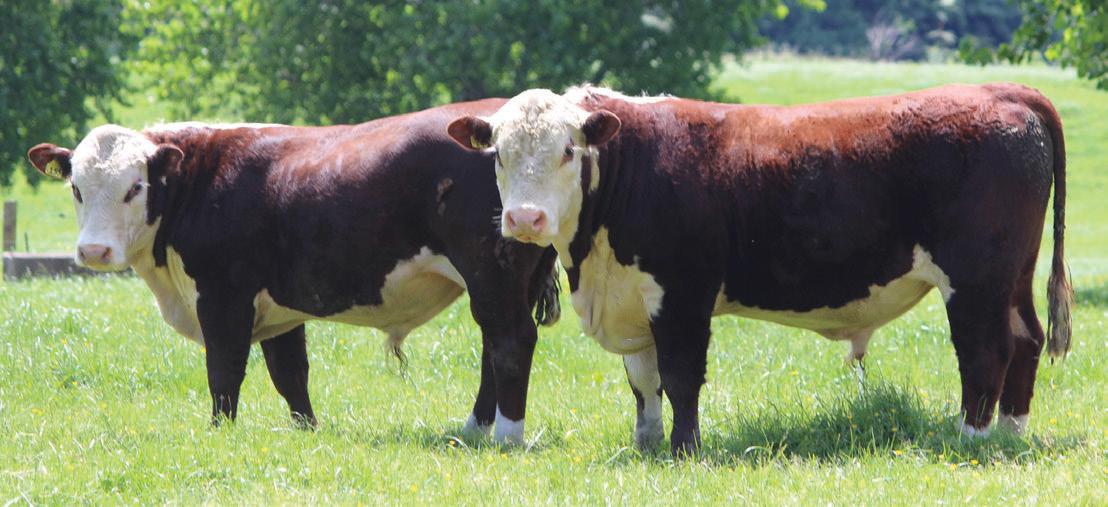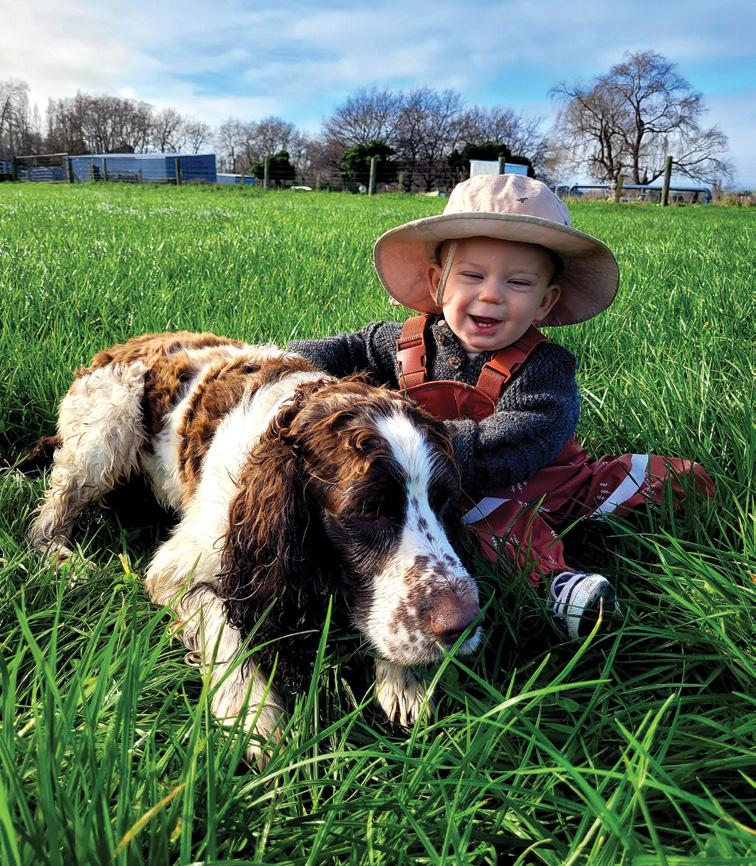MILKING PLATFORM WAIRARAPA
THE 190KG NITROGEN CAP – a farmer’s reflection There is only one way to beat the evergrowing list of regulations, and that is to adapt, writes Hamish Hammond.
G
idday, we have just finished the first season of adhering to the 190 kilogram nitrogen cap, so how has this impacted us? Introduced by the government, this rule states pastoral farmers can only apply a maximum of 190kg of nitrogen per hectare on to grazed land. A higher rate of nitrogen can be applied on crops so long as the extra nitrogen does not lift the overall farm average above 190. Put succinctly, for our pasture paddocks under irrigation, we put on 23-25kg nitrogen/ha, per month, for seven to eight months (between AugustMay). We chose to skip nitrogen applications in JanuaryFebruary when clover was thriving (under irrigation) and fixing nitrogen. On the non-irrigated and dryland run-offs we put on higher rates of nitrogen (up to 36-40kg/nitrogen/ha) as we knew we would not be able to apply nitrogen for the same seven-eight month timeframe. This would hopefully maximise our spring growth and help to increase our supplement harvested before the ground became too dry. Chicory was used on the dairy platform as a summer crop. In theory, this herb thrives off our “little and often” approach to nitrogen. What happened Annual accumulated pasture grown was down on the farm by ~1tonne/ha. Overall nitrogen use was 158kg/nitrogen/ha compared to previous years of 116 (2018/19), 122 (2019/20) and 170 (2020/21). A greater amount was used on nonirrigated areas and less productive Left: The new clover on the block. 12
George and Mac the dog enjoying a paddock of new grass including a mix of two new clovers ( Brace or Attribute by Agricom), a new variety of grass (Forge) and what remains of the chicory crop.
paddocks, and at the run-offs compared to previous years – up from ~90kg/ha to 120kg/ha. Despite more nitrogen, a poor spring resulted in less grass grown and supplements harvested. In contrast, less nitrogen was used on high-performing irrigated paddocks – down from ~230+kg/ha to 190kg/ha. These changes contributed significantly toward lower total yield. Paddocks with healthy clover population appeared to be thriving, with less inhibition from synthetic nitrogen applications in summer months, compared to previous years. This is not surprising, but it made us reflect on the impact of previous nitrogen use on our clovers. Pasture swards with poor clover populations had lower relative growth rates and quality. Going forward For the most part we will stick to the same nitrogen plan. We will however switch back to turnips from chicory so we can ensure a bulk yield from our summer crop. This will be supported by one large dressing of nitrogen rather than many smaller dressings with variable response rates due to the unpredictable summers we have experienced in the last few years. We will also delay sowing our turnips by a month, so we can get more feed harvested from pasture before it’s sprayed out. This year we will do another whole-farm soil test to ensure fertility is not limiting our clovers. These plants need to deliver more than ever! Coupled with the soil testing, we will make best use of our new ‘Clean Green’ effluent system. This will allow us to apply effluent with the same little-and-often approach as our synthetic nitrogen plan. Most importantly, we will focus on improving the pasture production of our poorer performing paddocks, because our highest achievers are unfortunately capped! This will involve capital expenditure on drainage, subdivision, capital fertiliser and a new model of pasture species. These improvements can cost big dollars, but there is only one way to beat the evergrowing list of regulations, and that is to adapt. Something we farmers are rather good at! Dairy Exporter | www.nzfarmlife.co.nz | August 2022




























